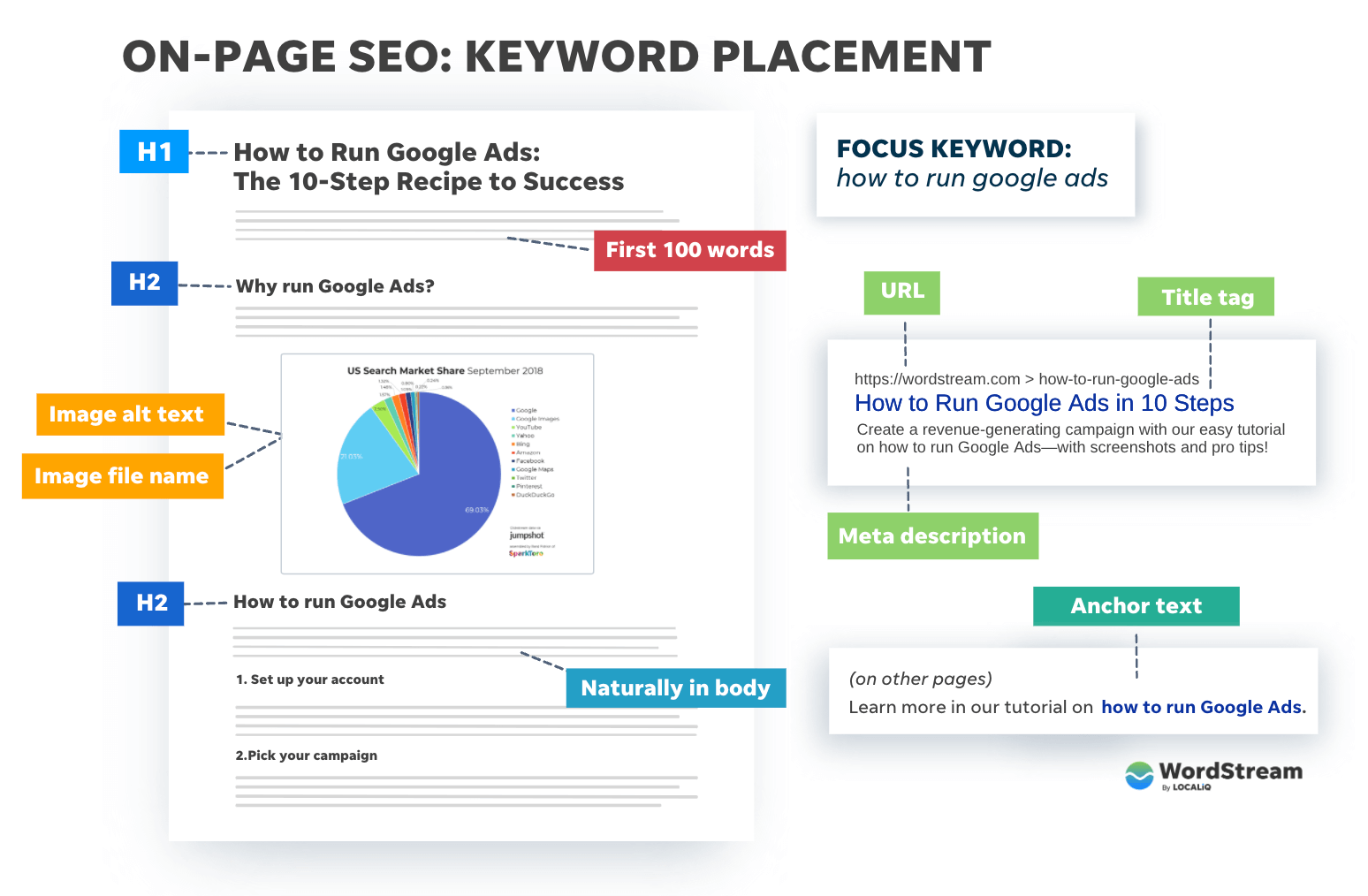Unveiling the Impact of Additional Dimension in Google Analytics on Data Evaluation and Insights
In the world of data analytics, the application of additional dimensions within Google Analytics has actually become a crucial device for extracting much deeper insights and unraveling complex patterns that may or else remain covered. By peeling back the layers of key data sets, secondary measurements use a nuanced perspective that enhances the understanding of individual habits, website efficiency, and the performance of marketing approaches. The true effect and untapped potential of additional measurements are typically ignored, outweighed by the attraction of main metrics. As we navigate through the complex landscape of information analysis, the relevance of additional measurements comes to be significantly noticeable, dropping light on crucial information that hold the key to educated decision-making and tactical optimizations.
Exploring the Concept of Secondary Measurements
Second dimensions in Google Analytics provide extra understandings by allowing customers to assess primary information in combination with an additional characteristic. By including secondary measurements, users can delve much deeper into the information and discover important connections that might otherwise go undetected - what is a secondary dimension in google analytics.
By exploring the different additional dimensions available in Google Analytics, customers can unlock brand-new understandings and enhance their digital advertising initiatives. In essence, additional dimensions serve as an effective device for boosting data analysis and driving actionable outcomes.
Enhancing Information Interpretation With Secondary Dimensions
Having actually established the foundational understanding of secondary measurements in Google Analytics and their essential role in information evaluation, the emphasis now changes in the direction of leveraging these second attributes to boost the analysis of analytics data (what is a secondary dimension in google analytics). By incorporating secondary measurements right into data evaluation, experts can acquire deeper understandings into individual habits, website efficiency, and advertising performance

In addition, additional dimensions assist in contextualizing primary information metrics by supplying additional layers of info. This contextualization help in recognizing the 'why' behind the data fads, assisting analysts make notified optimizations and decisions to boost general efficiency. Inevitably, integrating secondary measurements enriches the data analysis process, leading to even more significant understandings and critical actions.
Uncovering Hidden Insights Via Additional Dimensions
Exploring the midsts of analytics information with second dimensions reveals valuable understandings that would otherwise continue to be obscured. By including secondary measurements in Google Analytics, companies can uncover concealed patterns, trends, and relationships that offer an even more comprehensive understanding of individual behavior and web site efficiency. These additional layers of data permit analysts to dig much deeper into the main measurements, such as traffic resources or touchdown pages, and acquire a much more nuanced perspective on exactly how various variables interact with each other.
With the use of secondary measurements, experts can sector and compare data throughout numerous measurements, enabling them to identify details variables that affect individual interaction, conversion rates, and total success metrics. By combining the main measurement of 'gadget category' with the second measurement of 'age group,' marketing experts can determine which age demographics choose accessing the web site via mobile tools versus desktop computers.
Leveraging Secondary Measurements for Actionable Analytics
Building upon the understandings introduced with second measurements in Google Analytics, companies can now harness this enriched information landscape to drive actionable analytics and critical decision-making. By leveraging additional dimensions, companies can dive deeper into their data to draw out important patterns, trends, and relationships that may have previously gone unnoticed. This much deeper degree of analysis makes it possible for businesses to obtain a much more thorough understanding of individual actions, project performance, and general internet site effectiveness.
One key advantage of making use of secondary measurements for workable analytics is the ability to sector data based upon details criteria. This division enables businesses to tailor their campaigns and techniques to various audience groups, causing extra targeted and efficient advertising initiatives - what is a secondary dimension in google analytics. In addition, secondary dimensions give a more all natural sight of user interactions, making it possible for services to maximize their internet site content, design, and overall user experience
Optimizing Decision-Making With Additional Dimensions
To improve critical decision-making in analytics, leveraging additional measurements in Google Analytics can provide a more nuanced perspective on user actions and campaign performance. By incorporating secondary measurements right into information evaluation, services can dig much deeper into the specifics of their internet site site visitors' communications and interaction patterns. This extra layer of details enables a more comprehensive understanding of how various variables, such as demographics, tools, or website traffic sources, effect vital efficiency indicators.
 Find Out More dimension in google analytics
Find Out More dimension in google analytics"/>
Conclusion
In verdict, using second dimensions in Google Analytics plays a critical function in boosting data evaluation and uncovering concealed insights. By discovering this principle, one can obtain a much deeper understanding of customer habits and make educated decisions based on workable analytics. Leveraging secondary dimensions permits for a more thorough interpretation of information and maximizes the efficiency of decision-making procedures.
